
EMORY MAGAZINE | WINTER 2023
PART FOUR IN THE SERIES
Overlooked spaces. Forgotten places. Little-known objects and obscure artifacts.
In this photo-driven series, Emory Magazine uncovers hidden locales and treasures residing on Emory’s campuses that await your discovery or reacquaintance. Alongside these illuminating images, we share the historic, often curious stories of how they all came to be a part of the university.
Photographs by Kay Hinton
Text by Roger Slavens
Design by Elizabeth Hautau Karp



The Emory Planetarium, nestled within the Mathematics and Science Center on the Atlanta campus, serves as a celestial sanctuary like no other. This 56-seat classroom differs from your typical learning space – it's both a cosmic theater designed for teaching undergraduate astronomy and a unique campus gathering space. As the house lights dim, the planetarium transports you to a realm of wonderment where you can lose yourself in the stars displayed overhead.
The heart of this heavenly spectacle is the Zeiss Skymaster ZKP3, a meticulously crafted German-made star projector. Installed at Emory in 2002, the projector uses 39 different lenses to beam thousands of light points onto the planetarium’s curved ceiling screen. A member of the physics department — usually planetarium director Erin Wells Bonning or assistant teaching professor Alissa Sue Bans — orchestrates the show.
The Skymaster simulates everything you could see with the naked eye on a clear night under perfect viewing conditions. It projects thousands of individual stars plus star clusters, galaxies, the Milky Way, constellations, the planets Mercury, Venus, Mars, Jupiter and Saturn, as well as the Earth’s sun and moon.
Typically programmed to simulate the sky over Atlanta, it can easily replicate the heavens above any place in the Northern or Southern hemispheres. Moreover, it can double as a time machine of sorts, unveiling the night sky as it appeared at any moment in the past or how it will unfold in the future.
Of the more than 500 Zeiss-equipped planetariums worldwide, Emory’s Skymaster is the only one built on its own rising platform. When not in use, it descends below floor level to hide out of sight, leaving behind a setting perfect for classroom lectures or special campus events.
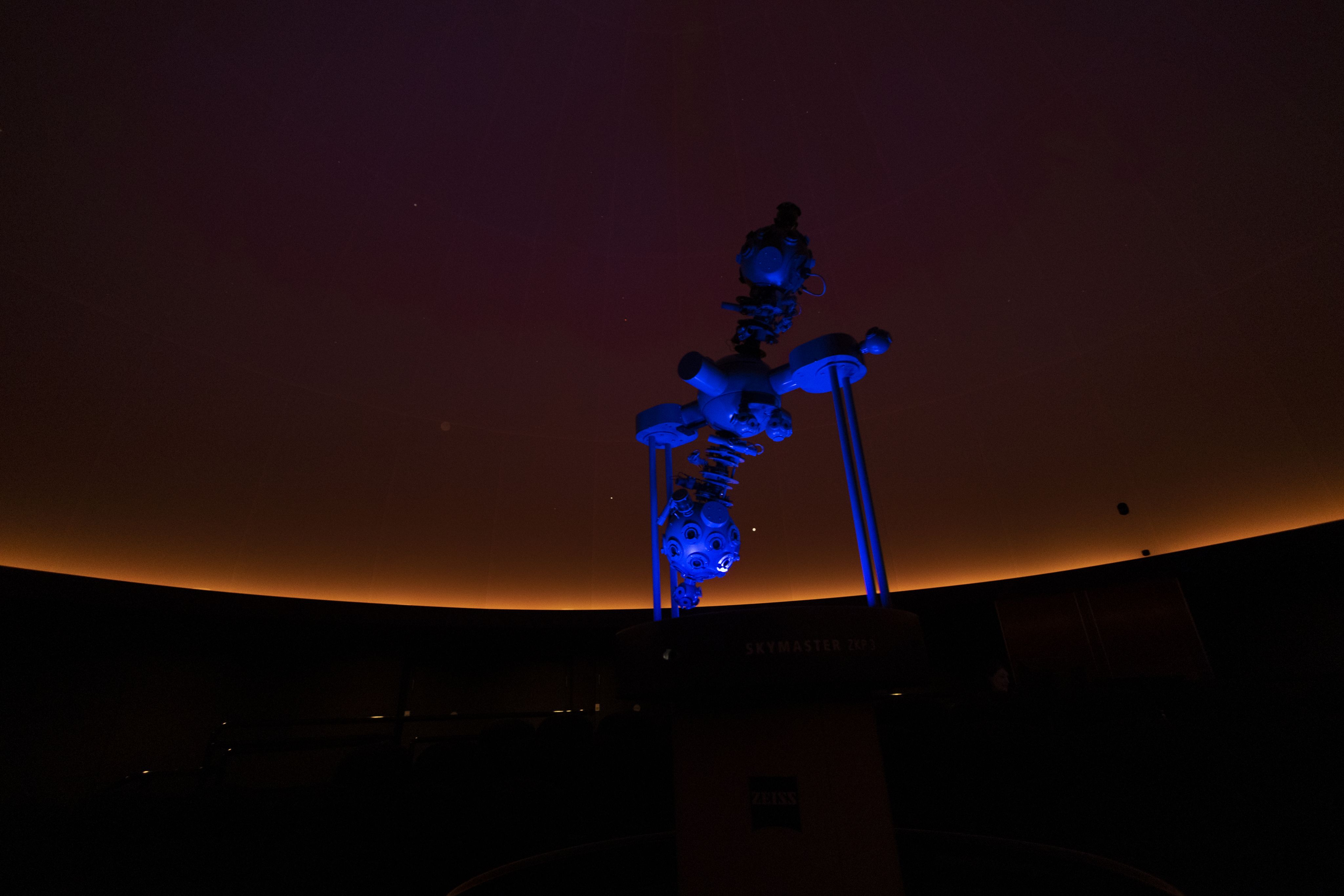
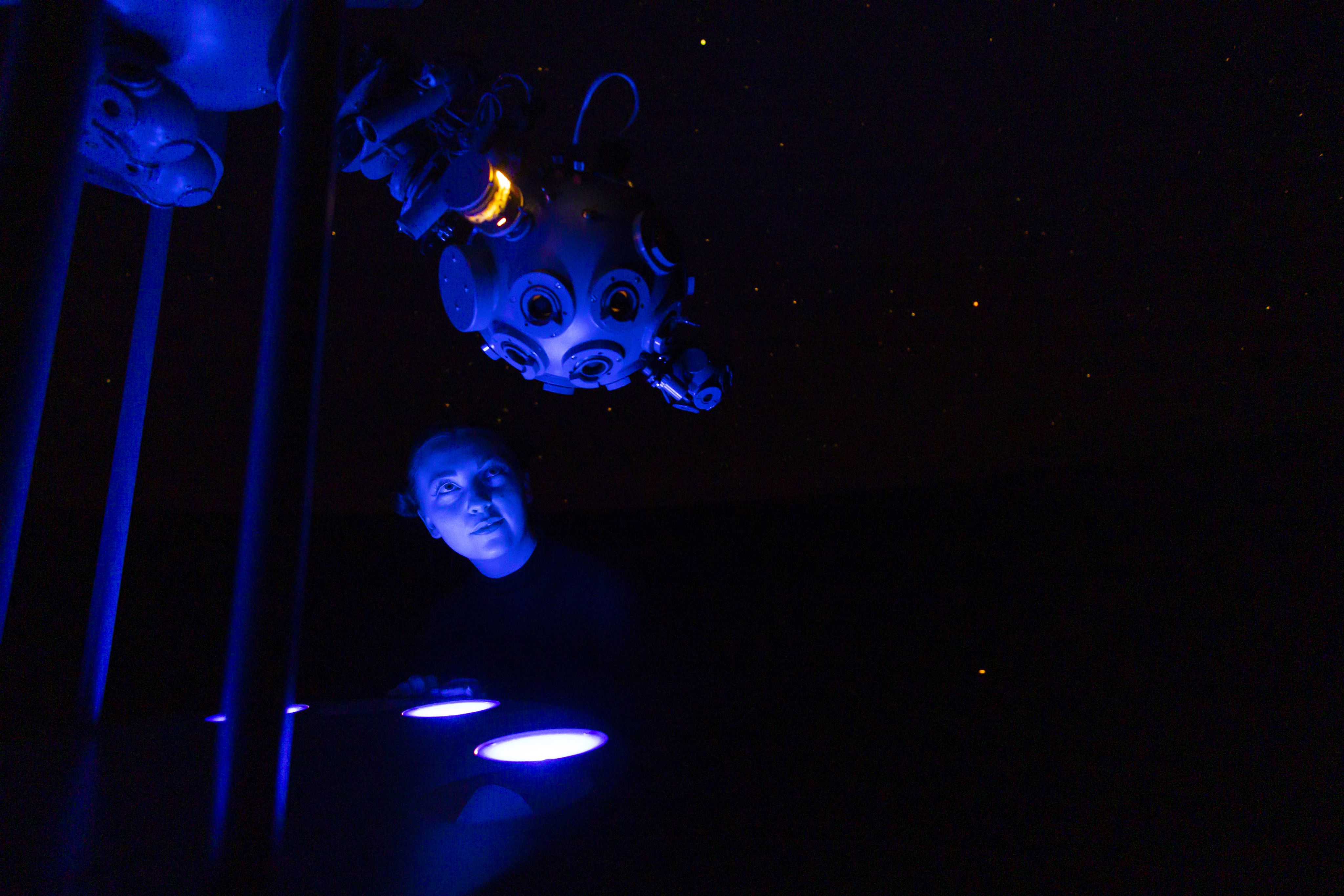
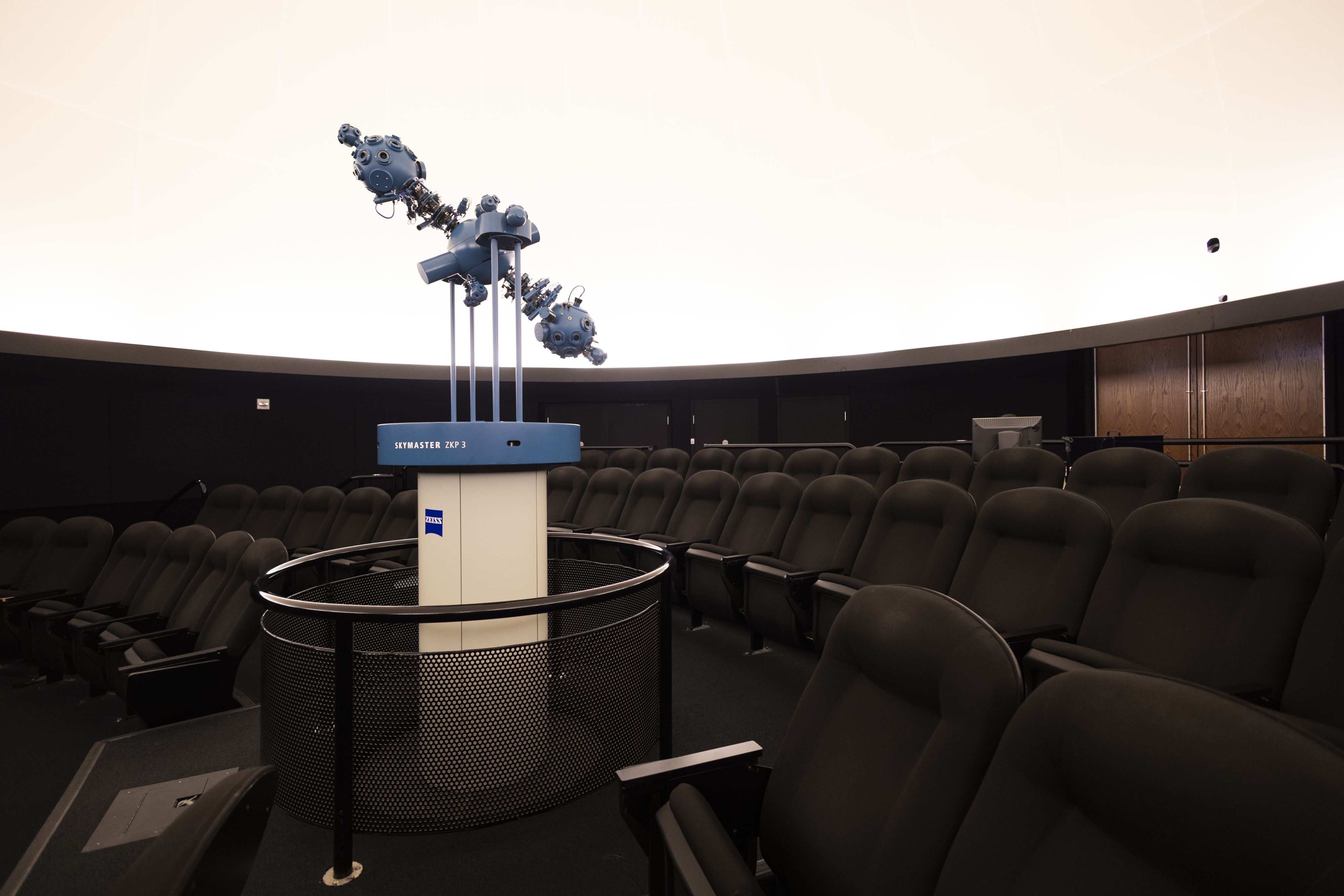
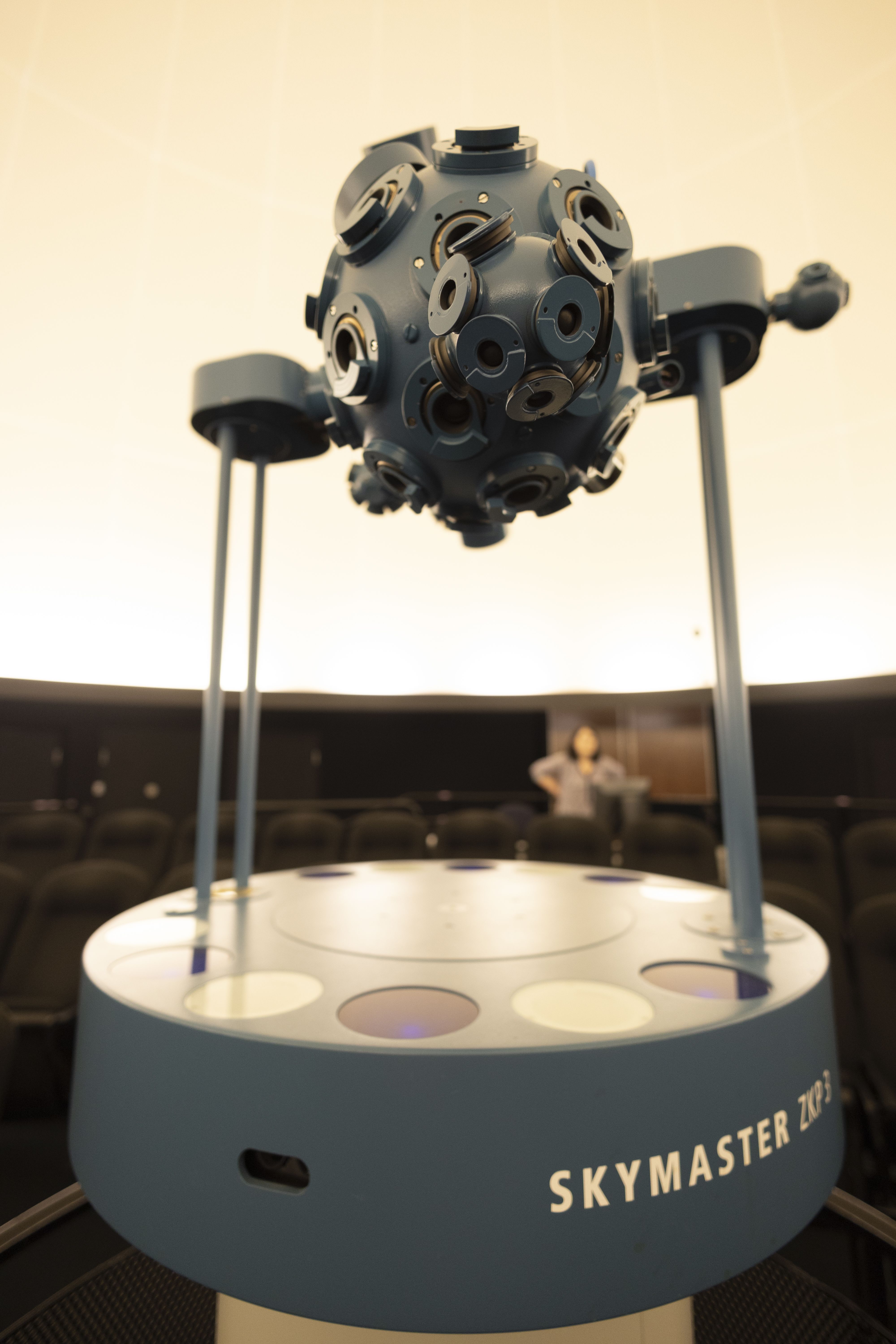
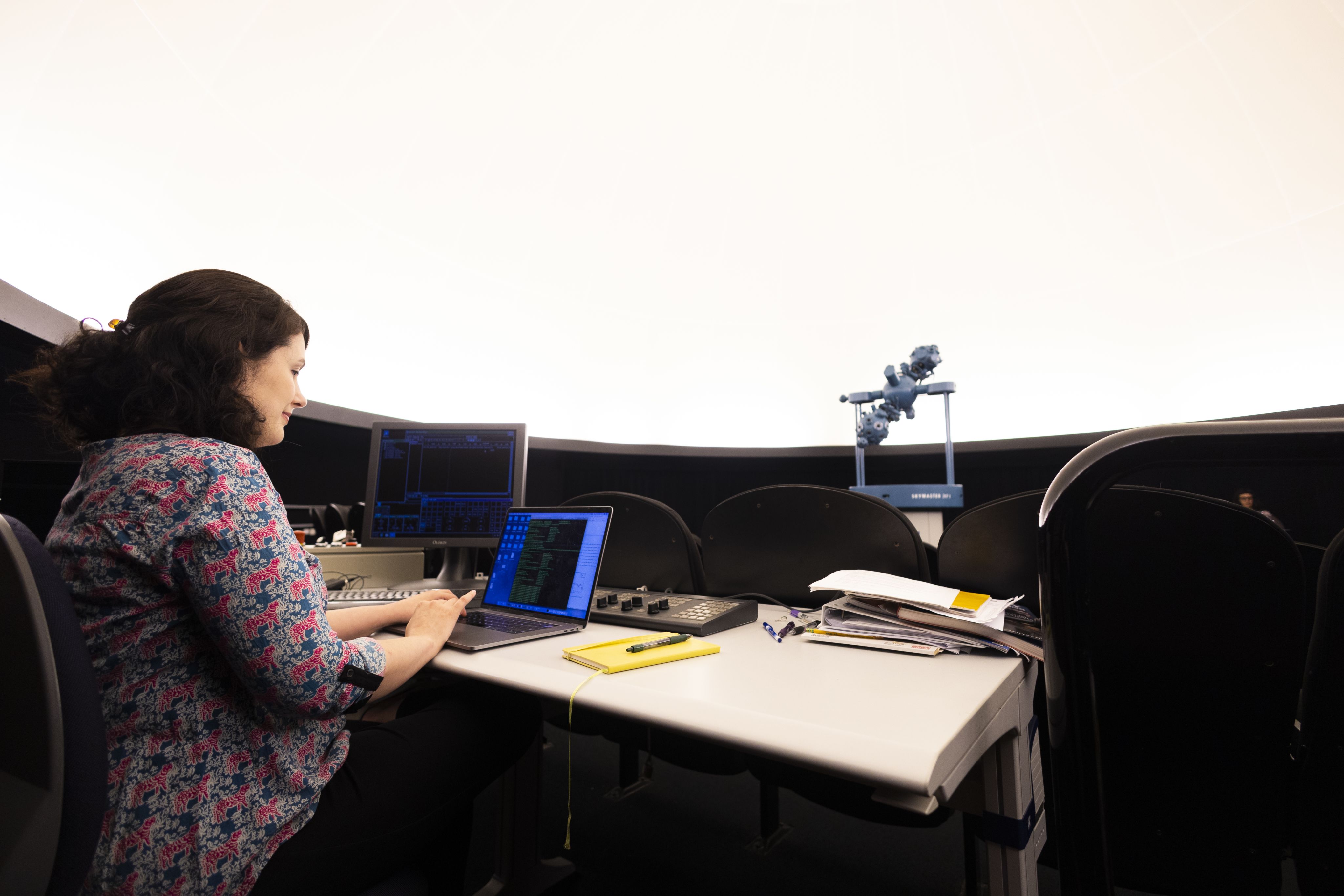
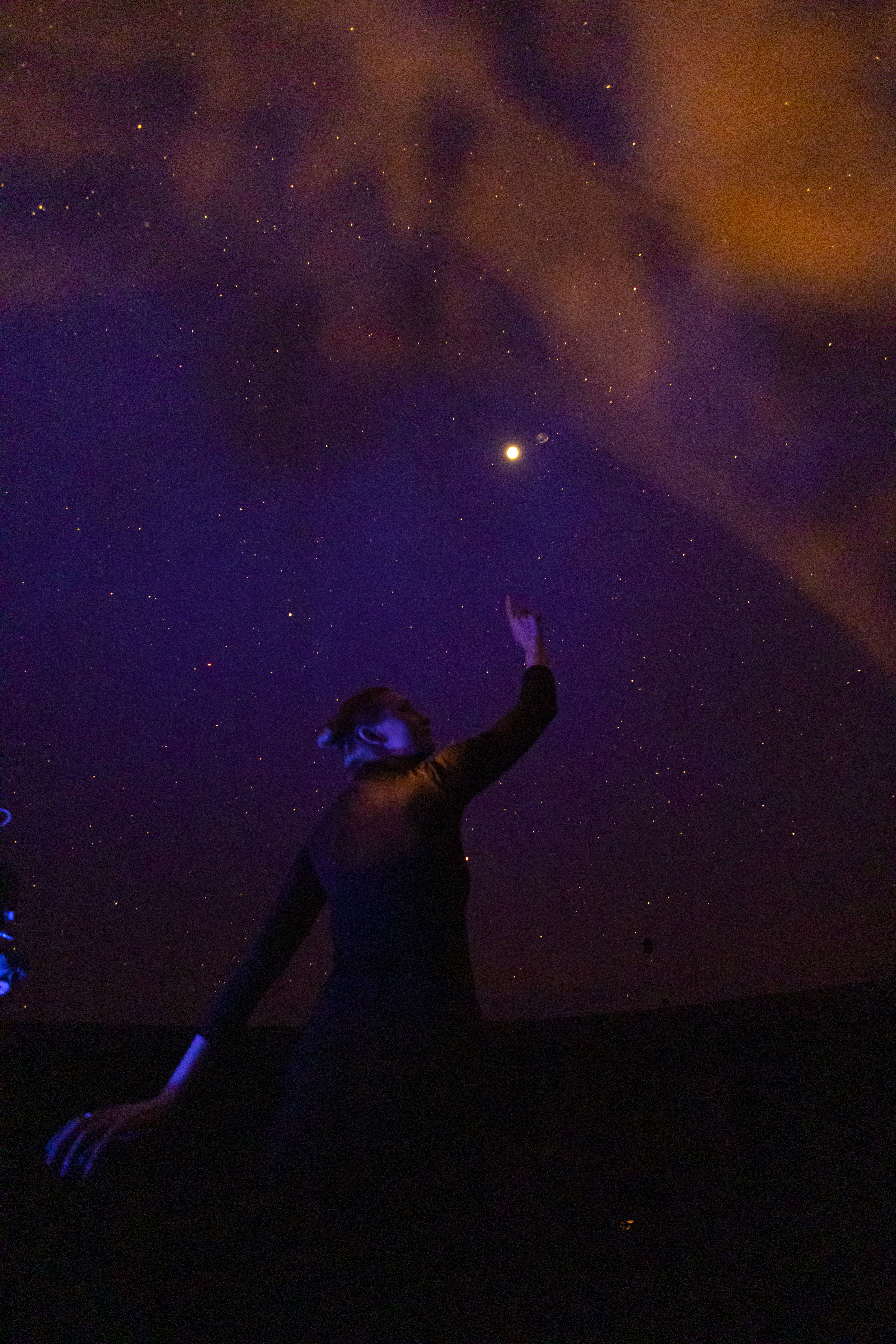
Want to know more?
Please visit Emory Magazine, Emory News Center, and Emory University.

